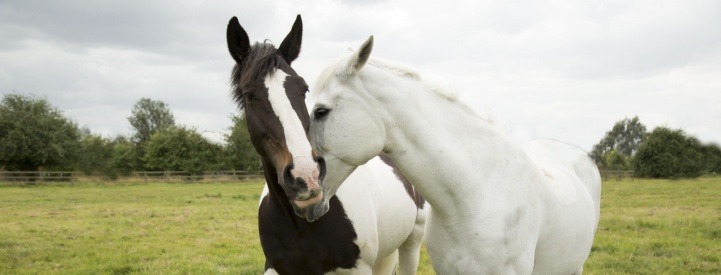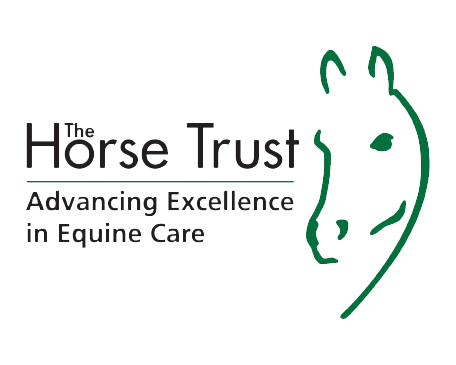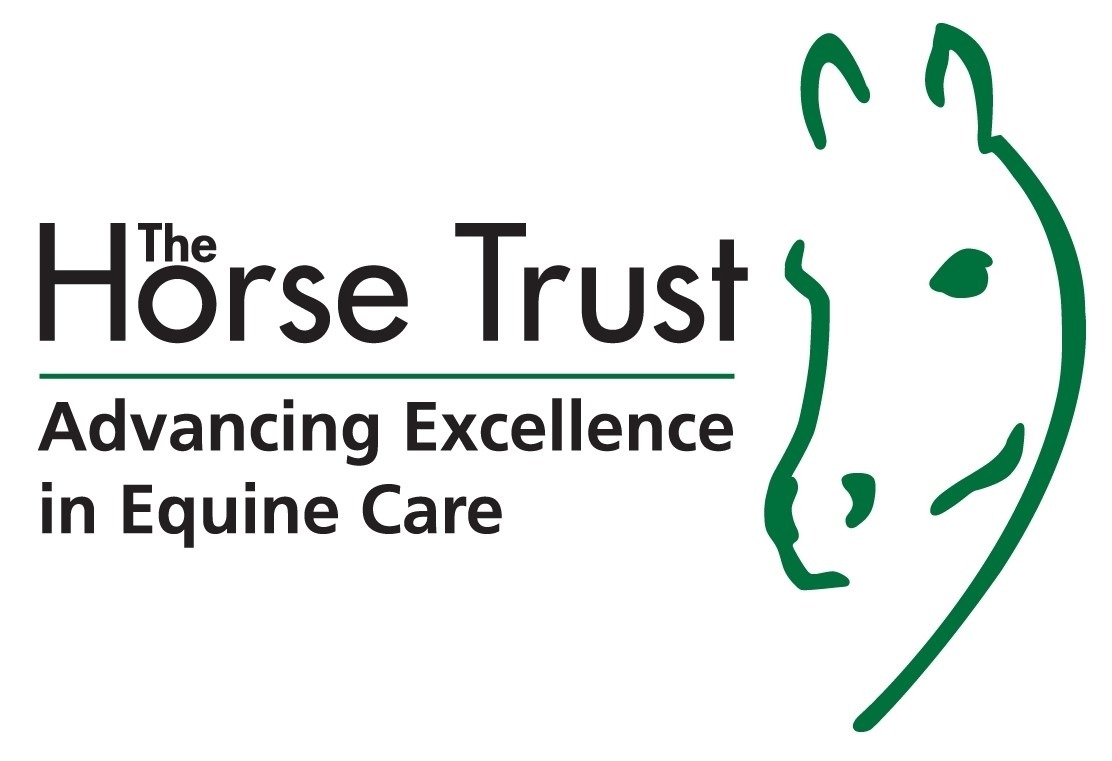At The Horse Trust, we’re committed to protecting not just the horses in our care…

Research funded by The Horse Trust shows link between bacteria and equine periodontal disease
The potential role of bacteria in the development of periodontal disease in horses has been shown in research funded by The Horse Trust.
The research, which was carried out by Alistair Cox at the University of Edinburgh, is also the first study to describe the microscopic anatomy of equine periodontal disease. Cox plans to submit the research to a veterinary journal.
Equine periodontal disease is a common condition in horses affecting around 60 percent of horses over the age of 15 years (1). The disease is painful and can have a big impact on a horse’s quality of life, affecting the animal’s ability to eat and its performance.
Although bacteria are known to be a cause of periodontal disease in humans, cats and dogs, their significance in relation to the disease in horses is less clear. Mechanical factors, such as food being packed between the horse’s teeth due to abnormal growth and spaces was considered to be the primary cause.
For the research, Cox examined the skulls of 22 horses that had been submitted for post mortem examination. Although none of the horses had received treatment for periodontal disease, 16 had some form of periodontal disease.
“This research, funded by The Horse Trust, highlights how common periodontal disease is in horses. Yet many horses don’t receive treatment so are likely to be suffering in silence. I would advise all horse owners to get their vet or equine dentist to regularly check their horse to see if it is developing the condition,” said Cox.
Cox identified bacteria, including spirochaetes, that were associated with the presence of periodontal disease. Spirochaetes are known to be important in human and canine periodontal disease, but this is the first study to identify spirochaetes associated with equine periodontal disease.
“This study shows that bacteria may be more important than was previously thought in the development of equine periodontal disease. More research is needed to understand whether bacteria or mechanical factors are the main cause of the disease. Once we have a better understanding of why and how the disease develops, we can do more to prevent horses from developing this painful condition,” said Cox.
The Horse Trust-funded research also found a significant association between the age of the horse and periodontal disease. Skulls were examined from horses ranging from 4 to over 20 years of age. The older horses were found to be more likely to have periodontal disease and a more advanced form of the condition.
Cox examined the skulls under the microscope and under x-ray. He found various histological features associated with equine periodontal disease(2), but did not find any statistically significant radiographic features (3).
(1) Baker, G.J. (1970) Some aspects of equine dental disease. Equine Vet. J. 2, 105-110 (2) Cox found various histological features associated with the equine periodontal disease, including hyperplasia, ulceration and neutrophilic inflammation of the gingival epithelium, mononuclear and eosinophilic inflammation of the gingival lamina propria, and mononuclear inflammation of the periodontal ligament. (3) Cox found an association between equine periodontal disease and radiographic evidence of interdental bone lysis and diastemata, but this association was not statistically significant.















Comments (0)